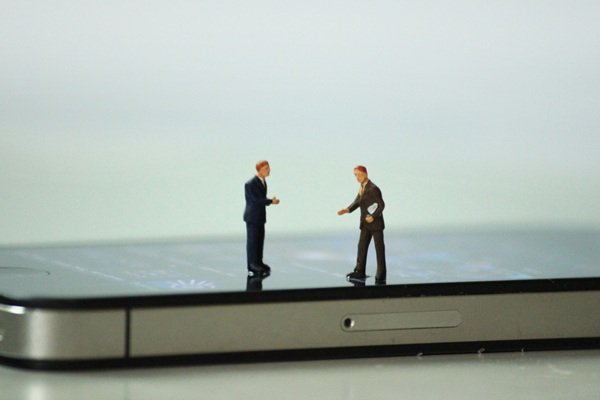BAP, PAP and Acquired Improvements
By: Bill Wilson
Does a BAP Cover a Detached Snow Plow?
An insured owns and operates a truck with a snow plow. While detached in his yard, the plow was damaged by a tree uprooted in a windstorm. The truck is insured on a Business Auto Policy (BAP) with collision and comprehensive coverage, and the cost of the new vehicle is included the value of the plow. The insurer has denied the claim saying the BAP doesn’t cover detached equipment and the plow should have a floater on it when detached.
This case appeared at first glance to be a creative form of loss ratio preservation. The plow has no useful function when not attached to the vehicle. It’s part of the insured value of the truck. So, the Virtual University faculty tried an innovative technique for resolving a claim: reading the policy. Section III—Physical Damage Coverage of the ISO Business Auto Policy says that it will pay for “loss” to a covered “auto” or its equipment. It doesn’t say “or its attached equipment.”
This claim was also interesting in that the insurer’s legal department tried to make a case against coverage by citing the “mobile equipment” definition, a bizarre reference. For more information (including how there might actually be some coverage for this under the owner’s homeowner’s policy), click here.
PAP Coverage for Detached Auto Equipment
Not wanting to leave personal lines out of the detached equipment discussion, try this scenario on for size. The insured owns a jeep with a removable top. During a period of unseasonably warm, dry weather, he took the top off and stored it in a shop building. The building burned down, destroying the top. The adjuster and the claims supervisor said there was no coverage on the top because the intent of the policy is to only cover equipment while it is on the jeep.
Reading the policy, the ISO Personal Auto Policy (PAP) says that physical damage coverage extends to covered autos “including their equipment.” Note that the policy doesn’t qualify coverage by limiting it to attached equipment. The
alleged intent of the policy is immaterial unless that intent is clearly expressed in the contract. Based on this reading, for the VU faculty votes for coverage. In addition, the ISO HO-3 excludes damage to a motor vehicle and its equipment, with some exceptions. However, the exclusion only applies the equipment while it is in or upon the vehicle. So, it is likely there is coverage under two policies if needed.
To read the entire article, including an examination of wording under a non-ISO PAP, click here.
When Are Improvements and Betterments “Acquired”?
An I&B claim was denied because the owner of the leased area had not made any betterments or improvements at his own expense since the lease began; all of the improvements were made just prior to assuming the lease. His policy covers I&Bs “acquired” by the tenant. So what does “acquired” mean?
One would presume that, being known as “tenant’s” improvements and betterments, that the intent would be that coverage would apply to I&Bs installed while the insured is a tenant, not before the tenancy begins—but does it?
Given that “build-outs” can represent tens of thousands of dollars (or more) in value, this could be an important question for both landlord and tenant. For a complete analysis, click here.
Bill Wilson (bill.wilson@iiaba.net) is director of the Big “I” Virtual University, an online learning center for agents and brokers. Do you have coverage questions? If so, log in to the Virtual University at www.independentagent.com/VU and click on the “Experts” link near the top of the page.










